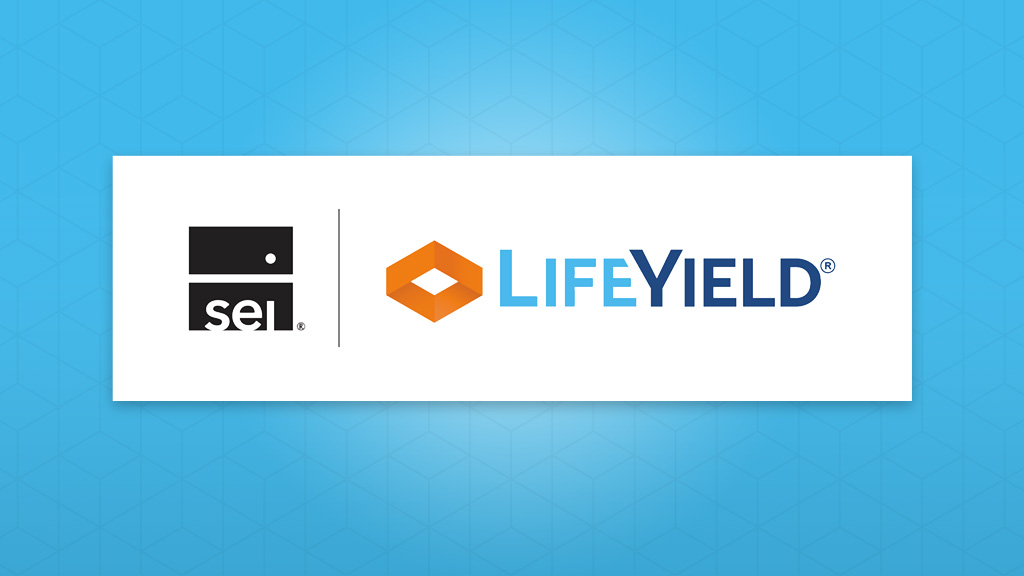Understanding Decumulation to Optimize Your Retirement Strategy

The ascendance of workplace retirement plans has put many employees in the position of saving for retirement from their first job and earning an employer’s (often generous) match of employee contributions. For younger employees, this is often their introduction to investing. For older ones, it’s a table stake for employers they choose to work for — and stay with.
As almost everyone knows today, you’re on your own when it comes to funding your retirement “income.” Social Security won’t sustain your lifestyle when it’s time to put 9-to-5 behind you. Pensions are rare. And so it is extremely important to plan your retirement early for your future security.
Like many investors nowadays, you need to have a diversified portfolio. For this, you need to invest your money in various retirement income solutions. For example, investing in equity, fixed asset, security bonds, insurance policies; lending money (mortgage & loans), building your savings, etc. But most investors don’t have the required knowledge or time to find and review the best strategic solutions and make investment strategies. So, they take help from an investment management company or a financial advisor to guide them.
While investors will often engage qualified financial advisors to help them grow their money, at some point they will need to pivot from the accumulation of wealth to decumulation to pay their expenses throughout retirement.
More people are retiring every day today than ever before. Financial advisors are being challenged to help their clients create decumulation plans that will ensure those clients of lifetime income, financial good health and peace of mind. That means appraising each client’s – or, better yet, the client household’s – total portfolio of all taxable and tax-advantaged accounts, then charting the sequence and size of asset sales, transitions, conversions, and withdrawals that will:
- Support their household expenses plus their desired “splurges,” whether those be travel, theater subscriptions, club memberships, or more dining out.
- Minimize the tax they pay to the U.S., state and, in some cases, city governments so they can maximize their income.
Risks That Affect Decumulation Planning and Retirement Income
Life becomes more uncertain with age – health, economics, markets, and world and national events mean that things can change fast in a retiree’s life and financial situation. During their accumulation phase, there was time to ride out things like recessions and market fluctuations.
In the decumulation stage, there is less time to weather storms. What a financial advisor can — and must — do is make investors aware of the risks to their retirement savings and demonstrate that the advisor can help the investors adjust course.
Market Risk
Regardless of the investment strategy an investor has, the market is always going to bring a certain level of risk. When the market falls, investors who are retired or coming close to retirement may worry more about the implications for their investments. Investors are more sensitive to a market that is swinging wildly or falling without recovery in sight.
A financial advisor starts every client engagement by assessing the client’s comfort with risk and ability to weather periods of downturns in market returns. Then the advisor recommends investments that are appropriate for the client’s comfort with risk, accumulated savings, and time horizon for work and retirement.
In other words, market risk is baked into financial planning. What LifeYield technology allows an advisor to do is make that planning even better by mitigating the effects of market risk by evaluating and recommending ways to minimize the tax a client owes, thus helping in saving more money and strengthening the financial position of the client.
Taxes are the single largest expense for most retirees. Lowering a client’s tax liability effectively optimizes their income and addresses market risk.
Longevity Risk
A close watcher of the news would have seen that COVID-19 decreased the average age expectancy in the United States between 2019 and 2020. Before the pandemic, from 1980 to 2019, life expectancy at birth for men increased by 6.3 years and by about 4 years for women in the United States, according to HealthTracker, a project of the Peterson Center on Healthcare and the Kaiser Family Foundation (KFF).
It’s hard to imagine that living longer has a downside, but it does, with longevity risk. With more years in retirement, savings and investments must create longer income streams. Outliving savings is a fear that many retirees have and aren’t shy about voicing.
That’s why, in financial planning, advisors will collect information on investors’ anticipated expenses in retirement and project how long their portfolios can support the income streams they will need. Worst and best case scenario planning should be part of this exercise.
Again, using LifeYield tax-efficiency technology won’t affect clients’ longevity, but it can help extend the period that can be funded with a client’s portfolio by recommending moves that will save the tax.
Inflation Risk
Inflation drives up the prices of almost everything, upsetting household budgets. Retirees with decumulation plans that assumed the relatively low inflation rates of the past 40 years are aghast today as inflation hits new records. Due to this record breaking inflation, people today need to think twice before spending their hard earned money even on day-to-day items.
This period will pass if history is any lesson. But inflation risk is unpredictable. And it explains why even after retirement, investors stay “in the market” in investments with potential upsides, such as growth equity stocks, municipal bond fund or mutual funds, to sustain their spending power even in the face of rising prices.
Crafting a Retirement Decumulation Strategy
Creating a retirement decumulation strategy is a process that should begin well before a client’s target date for retiring fully or semi-retiring (a practice that is more common these days). Even years before.
To start, the financial advisors must work with clients to uncover their expected income and expenses and then help them chart where they will draw down assets and in what order to generate the “income” they need in retirement from their assets.
That assessment should cover:
Fixed Expenses
Every client has fixed expenses. Clients buy assets such as cars, properties, equipment etc. therefore, spending a huge part of their income/money on fixed expenses.
Some of these expenses account for more than half of the client’s savings/funds. Housing is a big one. Retirees may have paid off their homes but still have costs such as repairs and maintenance, homeowners’ association fees, and property tax associated with home ownership. And then there are some costs which are incurred for day-to-day use items and life activities like the costs of food, utilities, insurance and healthcare.
Side Income
Retiring is often not an abrupt break from rising to an alarm every day to waking up … whenever. Many people of the traditional retirement age want to stay engaged in work and have some sort of regular income, even if part-time or on their own terms.
Advisors need to figure out how much clients plan to work and for how long. Semi-retiring – or, as some are doing, un-retiring – can mean clients can delay tapping their retirement accounts and buying more time for asset growth.
Health
“How’s your health?” It’s a question that comes up more frequently as people age. Advisors shouldn’t shirk from asking the question. Afterall, health is the most important asset in one’s life.
While many illnesses take people by surprise, medical advances mean more people today are living with chronic life conditions that will affect how long they can work, their lifestyles and what their life expectancies will be.
Advisors will need that insight to create decumulation plans that account for perhaps costs for healthcare, in-home assistance or moves to supported-living communities.
Family
Some retirees plan to help support their families even when they aren’t working any longer. Many grandparents, for example, want to help pay grandchildren’s college tuition or support any special educational needs those children have by taking out money from their funds/ savings deposits. For such a huge spending, you need to have a significant or at least a decent amount of money in the form of savings, assets, funds or deposits.
The pandemic’s cataclysmic effects on the workforce also brought into focus the need, at times and without warning, for retirees to be able to financially support their adult children or other family members.
Advisors need to ask clients about their goals for helping family members and for leaving assets and money to the family after death. That information will be important in creating a decumulation strategy.
Why Complete Understanding of Decumulation Strategy Matters?
Decumulation strategy is all about understanding client expectations and keeping their feet on the ground by explaining the risks to their portfolios and the potential ways to manage those risks and maximize their retirement income. One of the chief ways to help clients maximize their retirement income is by tax-smart accumulation and decumulation.
Decumulation is an ongoing process that used to be done by following so-called “rules of thumb,” such as:
- The 4% rule – budget to spend 4% of your assets annually.
- Tap taxable investment accounts first, followed by tax-free investments and then tax-deferred accounts.
While these instructions are easy to follow, they overlook how much tax-smart investing and decumulation strategy can boost investors’ returns on investments – by as much as one-third, in our experience.
Financial advisors who are armed with retirement income sourcing technology, like LifeYield, can help clients assess their situations and plan tax-smart moves, such as Roth conversions early in retirement or exchanging equivalent assets in specific accounts to lower future tax.
The results will be:
- Happier clients who have more income to spend and fewer taxes to pay.
- Advisors retain assets under management for longer because taxes aren’t eating those away.
- Firms grow net new assets through client acquisition and account growth.
Monthly insights from our Chief Growth Officer, Jack Sharry
Get exclusive insights and interviews from around the industry

 By
By 




